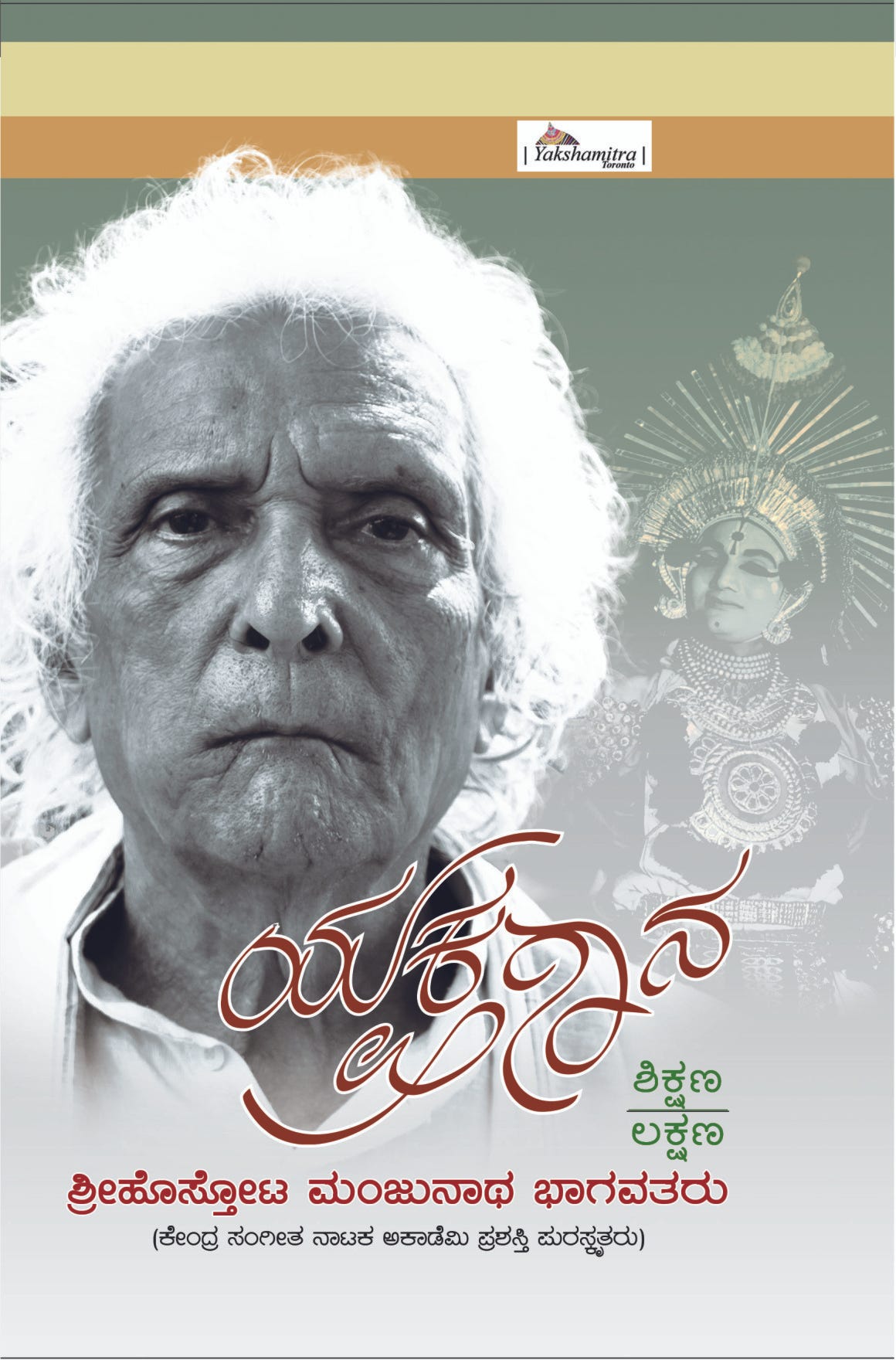"British Colonial" style is, in reality, basically Indian traditional furniture style (and also from China, etc. to varying extent). It is a result of fine works of art by legendary and ancient Indian carpenters and sculptors called the Gudikaara" and "shilpi". The lion legs directly come from the Indian Simhasana - the Lion Chair used by Indian kings/queens/royalty. They were handcrafted by famous Gudikaras. For example, Mudugodu Hiranyappa was one such legendary Gudikara whose family still lives in Mudugodu near Soraba in Karnataka. His works are now preserved in Mysore's palace, Mumbai Shivaji Museum and in traditional institutions like Ramachandrapura Mutt. If you have a chance to see his work, you will be able to fathom the artlessness of modern furniture and their inferior imitation of what Gudukaras were able to do then.
The so-called colonial railings are a copy of South Indian temple pillars. Indian temples are elaborate works of art honed by thousands of years of inherited craftsmanship handed down through tradition. While temples are engineered by the architect called Stapathi, all elements are sculpted by Shilpi. If you look at Hoysaleshwara Temple Halebidu all other sculptures you look at next in your life will look lame in comparison; all structures craft-less. "Colonial" railings are an example for a poor imitation of Indian temple pillars. I grew up in a place close to some ancient temples like Banavasi the then capital of Kadambas and Balligavi where Hoysala empress Shantala hailed from. The moment I looked at railings I could not stop noticing how they were a replica of temple pillars sans the detailed craftsmanship.
It is unfortunate that after modifying a little here and little there it became "British" whereas the original makers are relegated to "influence" at best, no mention at all at worst! Don't think this applies only to furniture, this is wide spread from steel, cloth; diamonds to Mysore rocket. Somehow Indians are expected to be proud of others stealing their stuff and not only calling it theirs but making Indians look wanted in the field of "fineness", "taste" and "sophistication"!
I will, when time permits, put up photos that will make above claims self-evident.
The so-called colonial railings are a copy of South Indian temple pillars. Indian temples are elaborate works of art honed by thousands of years of inherited craftsmanship handed down through tradition. While temples are engineered by the architect called Stapathi, all elements are sculpted by Shilpi. If you look at Hoysaleshwara Temple Halebidu all other sculptures you look at next in your life will look lame in comparison; all structures craft-less. "Colonial" railings are an example for a poor imitation of Indian temple pillars. I grew up in a place close to some ancient temples like Banavasi the then capital of Kadambas and Balligavi where Hoysala empress Shantala hailed from. The moment I looked at railings I could not stop noticing how they were a replica of temple pillars sans the detailed craftsmanship.
It is unfortunate that after modifying a little here and little there it became "British" whereas the original makers are relegated to "influence" at best, no mention at all at worst! Don't think this applies only to furniture, this is wide spread from steel, cloth; diamonds to Mysore rocket. Somehow Indians are expected to be proud of others stealing their stuff and not only calling it theirs but making Indians look wanted in the field of "fineness", "taste" and "sophistication"!
I will, when time permits, put up photos that will make above claims self-evident.


No comments:
Post a Comment
Please leave a note about what you think about this write up. Thanks.